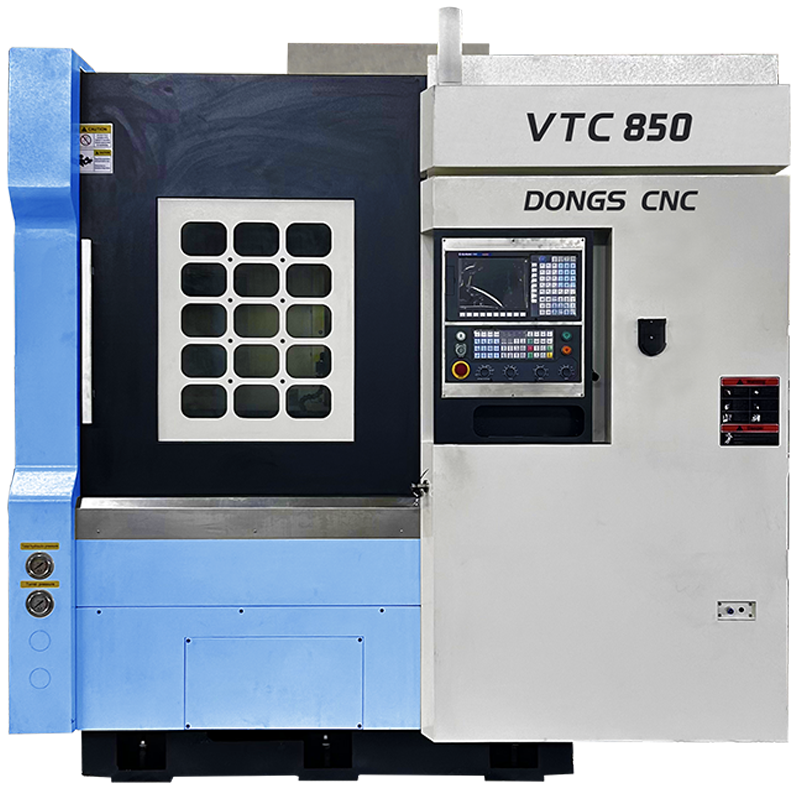Aerospace Manufacturing Demands Precision. Can High - Performance Machine Tools Deliver
Understanding Aerospace Manufacturing Needs
Aerospace components require unparalleled precision due to their critical roles in ensuring flight safety and optimizing performance. The nature of aerospace manufacturing demands the production of high-quality parts like engine components and structural supports, where even the smallest deviation can have significant repercussions. For instance, achieving tight tolerances is vital for parts used in life-sustaining systems such as jet engines and landing gears. This precision not only ensures optimal functioning but also enhances aerodynamics, minimizes friction, reduces wear, and improves fuel efficiency. Therefore, employing advanced CNC lathe and CNC lathe machine techniques is indispensable in meeting these stringent requirements.
Currently, the aerospace manufacturing industry grapples with several challenges, including material variability and strict regulatory compliance. Materials like aluminum alloys, titanium, and superalloys pose unique machining challenges due to their properties, which can complicate processes like CNC turning and 5-axis CNC machining. In addition, the need to maintain production efficiency without compromising quality is heightened by regulations from agencies such as the U.S. Federal Aviation Administration (FAA) and the European Union Aviation Safety Agency (EASA). Navigating these challenges necessitates innovative solutions and a robust understanding of aerospace manufacturing processes to produce components that consistently meet safety and performance standards.
Role of High-Performance Machine Tools in Aerospace Manufacturing
High-performance CNC machining technologies play a pivotal role in aerospace manufacturing by meeting stringent industry standards. These technologies enable the production of complex parts with tolerances often within micrometers, essential for life-sustaining systems like jet engines and landing gear. The precision achieved through CNC machining ensures that parts fit together seamlessly, optimizing performance and minimizing friction as well as wear.
The applications of CNC machining in aerospace are vast, ranging from fabricating engine parts to crafting structural components of aircraft. By using advanced CNC machines, manufacturers can produce intricate engine components such as turbine blades, which require high precision and durability to withstand extreme stresses during flight. Additionally, CNC machining supports the development of structural components like ribs and spars that provide mechanical strength while maintaining the aircraft's aerodynamic integrity. The versatility and critical importance of CNC machines are indispensable for advancing safety and efficiency in aerospace manufacturing.
High-Performance Machine Tools: Key Features
High-performance machine tools in aerospace manufacturing boast advanced spindle technology and thermal stability, enabling precision performance even in demanding environments. These tools incorporate innovative features such as linear motors and synchronized spindle systems that facilitate optimal functioning under various conditions. Such precision is necessary in industries like aerospace, where components often require micrometer-level tolerances to ensure safe and reliable operation.
In addition to precision, energy efficiency is a key feature of high-performance machine tools, contributing to reduced operational costs. Many contemporary machines employ methods that utilize cooling oils for both lubrication and thermal stability, subsequently lowering energy consumption. Customization options also play a pivotal role, allowing machines to adapt to specific aerospace applications and enhancing overall productivity. For example, models like the GrindSmart® series offer configurations tailored for different production needs, demonstrating versatility and efficiency combined in one package.
Transitioning from general attributes to specific applications, these features exemplify how high-performance machine tools cater to the aerospace industry's complex demands. The combination of advanced technologies and adaptable design not only enhances precision and efficiency but also supports the industry's ever-evolving standards and requirements.
Product Spotlight: Heavy-Duty CNC Vertical Lathe
The Heavy-Duty CNC Vertical Lathe stands out as a formidable tool engineered for robust performance and high precision, essential for manufacturing critical aerospace parts. This machine is at the forefront of delivering high material removal rates and handling large, complex workpieces necessary in the aerospace industry. It provides unparalleled accuracy with an advanced control system, ensuring that precision is never compromised, even with the heaviest workloads.
Key features of the Heavy-Duty CNC Vertical Lathe include a large swing diameter, which allows for the accommodation of extensive workpieces. The advanced control systems ensure superior surface finishes and precise dimensional accuracy, making it particularly adept at producing intricate components crucial for engines and airframes. This capability plays a significant role in promoting safety and efficiency in aerospace operations where reliability and precision are paramount.
The integration of versatile machining functions, including turning, boring, milling, and drilling, in one machine ensures dynamic applications across the aerospace spectrum. This versatility is crucial for the aerospace sector, where components such as turbine blades and landing gear must conform to strict safety and durability standards. Consequently, the Heavy-Duty CNC Vertical Lathe is an indispensable resource ensuring these standards are consistently met and surpassed.
Advantages of Utilizing High-Performance Machine Tools
High-performance machine tools provide significant advantages, including increased efficiency and reduced downtime. These tools allow faster production cycles due to their advanced capabilities, such as higher spindle speeds and improved tool paths. As a result, manufacturers can achieve higher outputs with fewer interruptions, which is critical in the aerospace industry where time and precision are crucial.
Moreover, high-performance machine tools contribute to cost-effectiveness through reduced scrap rates and enhanced production capabilities. By delivering precision machining that minimizes errors, these tools lower the likelihood of defective parts, saving both time and resources. For aerospace manufacturers, this efficiency translates into more reliable production processes, making high-performance tools a smart investment that enhances competitiveness in a demanding market.
Future Trends in Aerospace Manufacturing and Machinery
Emerging technologies such as Artificial Intelligence (AI) and the Internet of Things (IoT) are being increasingly integrated into aerospace manufacturing. These advancements enhance automation capabilities, allowing for smarter operations and predictive maintenance which, in turn, drives efficiency. For instance, IoT-enabled machinery can predict wear and tear, alerting operators to potential failures and reducing unexpected downtimes. AI, on the other hand, augments processes by processing vast amounts of data to optimize production workflows.
Simultaneously, sustainability is taking center stage in aerospace manufacturing as companies strive to meet stringent environmental regulations. Manufacturers are focusing on reducing waste, minimizing energy consumption, and leveraging eco-friendly materials throughout the production cycle. This shift not only aligns with global environmental commitments but also enhances operational efficiency and cost-effectiveness by reducing resource wastage. These trends underscore a broader movement towards more sustainable and technologically advanced manufacturing practices in the aerospace sector.
FAQ Section
What are the key challenges in aerospace manufacturing?
The aerospace manufacturing industry faces challenges such as material variability and strict regulatory compliance. Materials like aluminum alloys and titanium present unique machining challenges, and regulations from agencies like the FAA require high efficiency while maintaining quality.
How do high-performance machine tools benefit aerospace manufacturing?
High-performance machine tools increase efficiency, reduce downtime, and enhance precision. This allows for higher output, fewer errors, and greater cost-effectiveness, crucial in the aerospace sector where time and precision are critical.
What future trends are influencing aerospace manufacturing?
Trends include the integration of Artificial Intelligence (AI) and the Internet of Things (IoT) into manufacturing processes, enhancing automation and predictive maintenance capabilities, as well as a focus on sustainability through reduced waste and energy consumption.


